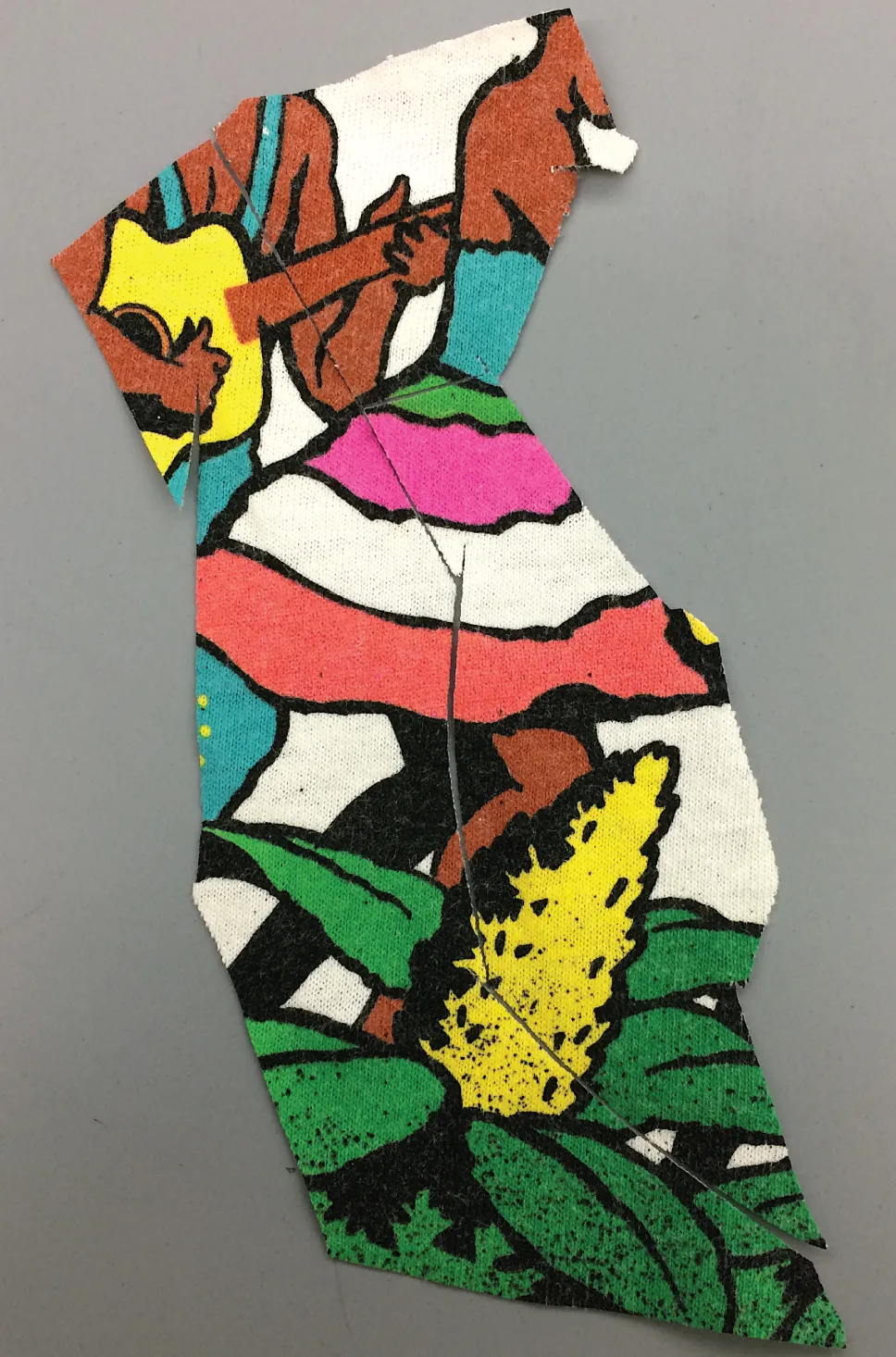
Practical Forensic Microscopy
A Laboratory Manual
Barbara P. Wheeler
- English
- ePUB (mobile friendly)
- Available on iOS & Android
Practical Forensic Microscopy
A Laboratory Manual
Barbara P. Wheeler
About This Book
An applied approach to teaching forensic microscopy in educational settings, featuring new experiments and an up-to-date overview of the field
Practical Forensic Microscopy: A Laboratory Manual, 2nd Edition, is a unique resource that brings the microscopic procedures used by real-world forensic investigators to the college laboratory, providing hands-on knowledge of the microscopes and microscopic techniques used in the field. Presenting a balanced, skills-based approach to the subject, this student-friendly lab manual contains dozens of experiments designed to cover the various microscopic evidence disciplines, including examinations of fingerprints, firearm, toolmark, shoeprint and tire impressions, gunshots, fibers, soil, glass breakage, drugs, semen, and human hair.
The second edition includes revised and updated experiments that reflect current technologies and techniques used in forensic science, including new experiments examining plastic film, food condiments, feathers, building materials, explosive residue, cigarette butts and more. Each chapter includes a list of simple objectives for the experiment, a general overview of the topic, further readings, and selected references. The manual contains worksheets and templates for students to use when compiling analytical results. The concluding chapter features an innovative case scenario that requires students to analyze items of evidence, complete a laboratory report, reach a conclusion, and present their findings. This popular lab manual:
- Teaches practical forensic microscopy skills through hands-on experiments and engaging practical activities
- Covers a wide range of microscopes and forensic tools, including stereomicroscopes, ocular micrometers, and fluorescence, polarized light, and phase contrast microscopes
- Explains simple stereomicroscopic techniques for analyzing various types of common forensic evidence
- Includes more complex procedures for examining biological, drug, and trace evidence Discusses laboratory safety, microscope maintenance, and the Micro Kit
Written by an author with years of academic and professional experience, Practical Forensic Microscopy: A Laboratory Manual, 2nd Edition, is a must-have companion for any college-level forensic science course with a laboratory component, and is a useful supplement for related courses that cover microscopy and the principles of forensic lab procedures.
Frequently asked questions
Application Experiments
Chapter 6
Experiment 6: Physical Match Examinations
Objective
- physical match examinations
Introduction
